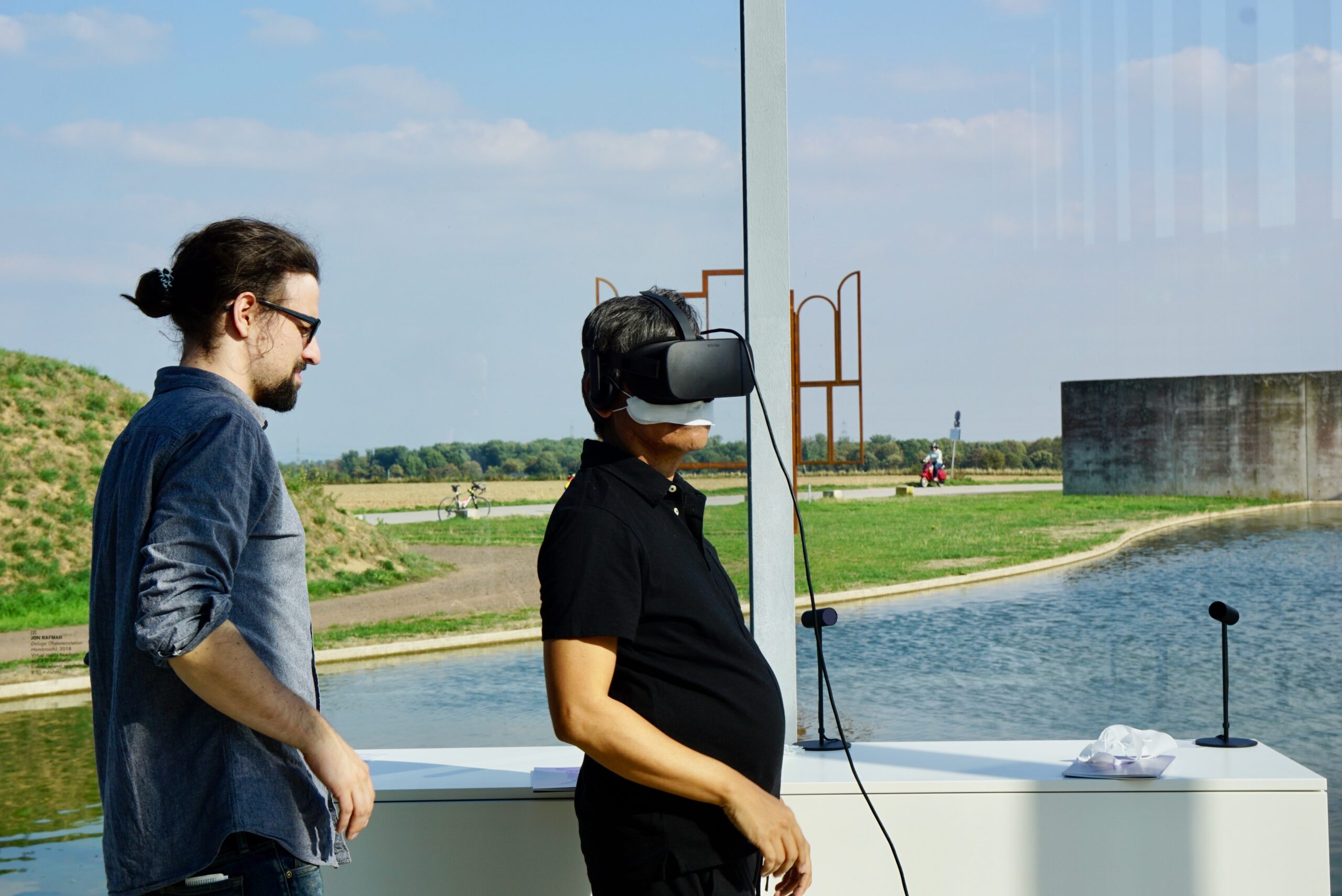
(AP) — POMPANO BEACH, Fla. Terry Colli and three other John Knox Village senior residents were given a virtual reality journey to the International Space Station as part of Stanford University research to see if virtual reality might help older people’s emotional well-being.
“I’m in terrific shape. It’s incredible. Colli, 73, a former spokesperson for the Canadian embassy in Washington, said, “It’s like you’re there.” The idea is to see if virtual reality may boost their happiness, boost their connections with coworkers, and increase their technological receptivity. The California institution will soon include more senior communities in the United States and internationally.
Virtual reality works by synchronizing the person’s vision and hearing with their actions. For example, on a virtual reality journey to Paris, a participant may turn left to see the Eiffel Tower with a musician performing in the foreground, then right to view two individuals speaking. When the participant goes closer to one of the sounds, the volume of that sound rises while the volume of the other falls.
Jeremy Bailenson, the Stanford lab’s founding director, stated, “There is a significant amount of previously published research by university laboratories across the globe that demonstrates VR when provided appropriately, may help decrease anxiety, enhance mood, and reduce pain.”
“You truly felt as if you were travelling — and not alone. There are persons in some of the videos,” said Levey, a former federal government employee.
Because the space station was so realistic, Selby, an artist, said she felt a little sick as she went through it, but she was able to deal by taking deep breaths.
“I was right in the centre of it,” she remarked, regardless of her age.
“It blows my mind,” said Root, a former insurance salesman.
Volunteers will be evaluated to ensure they are psychologically capable of utilising virtual reality, and each attendant will have an abort button if they get overwhelmed by the experience, according to Chris Brickler, CEO of MyndVR, the Dallas business that donated the technology. Residents at John Knox include individuals and couples who live alone, in assisted living, or with full-time nursing care.
“As we grow, we sometimes experience a disconnection that can occur when there is a lack of mobility,” Brickler explained. “We can’t travel as much as we’d want, we can’t connect with nature as much as we’d want, and we can’t connect with animals as much as we’d want. All sorts of relationships are gone, and our four walls begin to close in.
Stanford should gain complete informed permission, screen individuals, and make sure they aren’t using VR alone at first, according to Erica Neely, an associate philosophy professor at Northern Ohio University who studies the ethics of technology. She is not a participant in the research.
“We don’t want someone to become locked in the experience if they feel upset and can’t figure out how to turn it off,” she added. “The fact that a companion/caretaker may accompany (the participant) is brilliant.
“Well, we don’t always have individuals with impaired capabilities going about by themselves in actual space — maybe we can do the same for virtual space,” was a great idea.”
